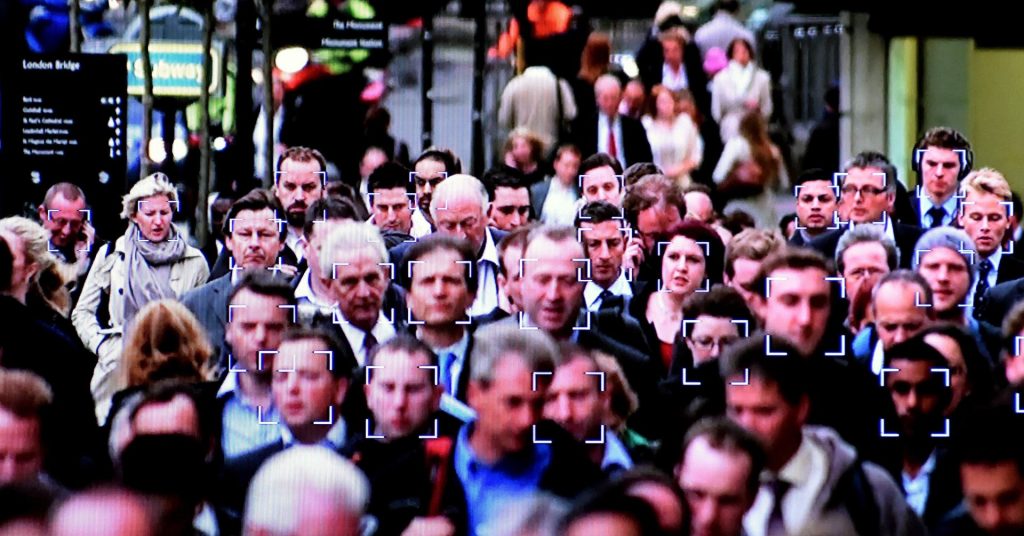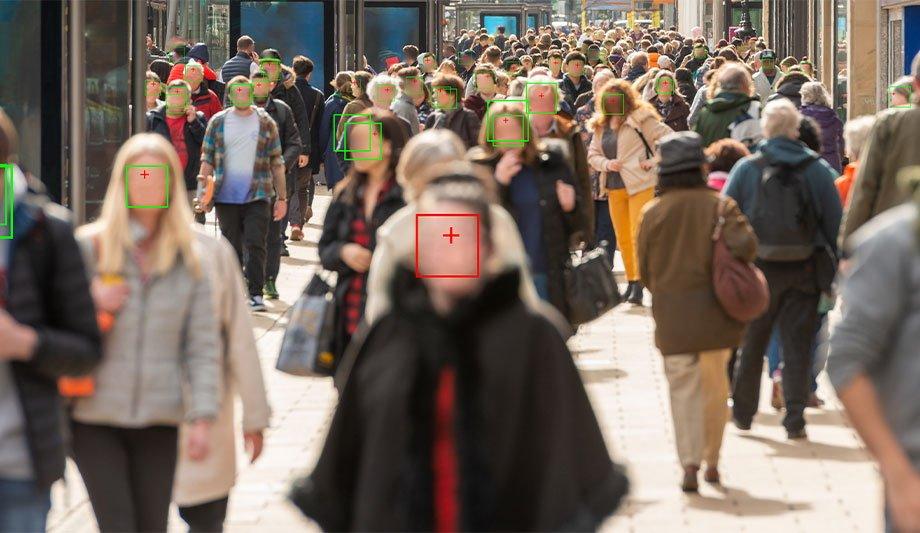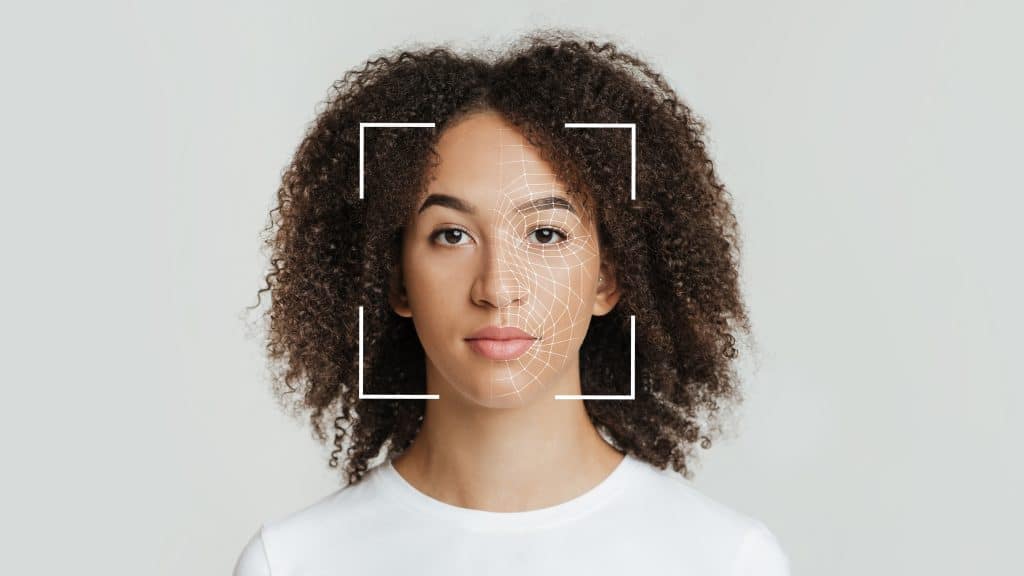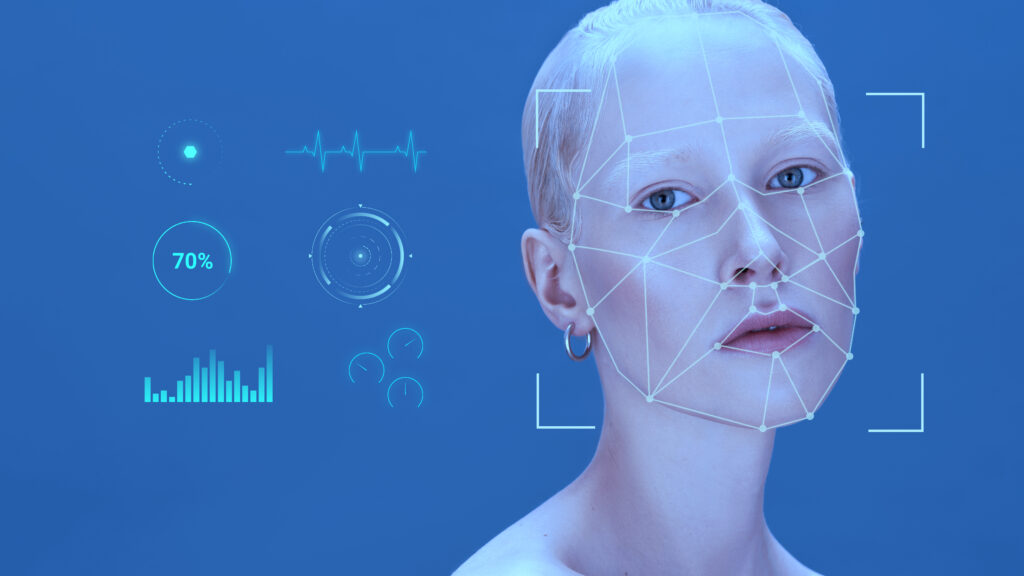Facial recognition technology has become increasingly prevalent in various industries, including retail, where it is used to enhance security and customer experience. One prominent example is Target, a leading retailer known for its innovative approaches to customer service and security. Consequently, exploring Target’s use of facial recognition technology helps shed light on its applications, benefits, and potential concerns. Therefore, this comprehensive guide delves into the reasons for implementing facial recognition, its benefits and challenges, and the broader implications for privacy and security. By examining these aspects, you can gain a deeper understanding of the intricate balance between technology, convenience, and ethical considerations.
Reasons for Implementing Facial Recognition at Target
Understanding why Target has implemented facial recognition reveals the underlying motivations and goals of this technology. Recognizing these reasons helps contextualize its use. Therefore, exploring the factors driving the adoption of facial recognition at Target is crucial.

Enhancing Store Security
One of the primary motivations for using facial recognition at Target is to enhance store security. Retail environments can be susceptible to shoplifting, fraud, and other security threats. Facial recognition technology allows for real-time monitoring and identification of individuals entering the store. This capability helps security personnel identify known shoplifters or individuals with a history of fraudulent activities. By implementing facial recognition, Target aims to create a safer shopping environment and deter potential criminal activities. By understanding the importance of enhancing security, you can appreciate the rationale behind this technological adoption. Therefore, recognizing the role of security measures is essential.
Improving Customer Experience
Another significant reason for implementing facial recognition is to improve the overall customer experience. Facial recognition technology can help streamline various aspects of the shopping journey, such as personalized advertisements, quicker checkouts, and efficient customer service. For instance, facial recognition can identify regular customers and tailor marketing messages or promotions based on their preferences and shopping history. This personalization can enhance customer satisfaction and loyalty by providing a more engaging and customized shopping experience. By understanding how facial recognition can improve customer experience, you can recognize its potential benefits for both customers and retailers. Therefore, recognizing the impact on customer satisfaction is crucial.
Benefits and Challenges of Facial Recognition at Target
Implementing facial recognition technology offers several benefits, yet it also presents notable challenges. Understanding these benefits and challenges helps provide a balanced perspective. Therefore, exploring the advantages and drawbacks of facial recognition at Target is essential.

Benefits: Enhanced Security and Efficiency
One of the key benefits of facial recognition technology is enhanced security. By identifying individuals with a history of criminal behavior, Target can proactively address potential security threats. Additionally, facial recognition can assist in tracking lost children or identifying individuals involved in disputes or emergencies within the store. Another benefit is increased efficiency. Automated recognition can speed up processes such as checkout and personalized marketing, reducing wait times and enhancing the shopping experience. By understanding the benefits of enhanced security and efficiency, you can appreciate the positive impact of facial recognition. Therefore, recognizing the advantages is crucial.
Challenges: Privacy Concerns
Despite its benefits, facial recognition technology raises significant privacy concerns. The collection and storage of biometric data, such as facial images, can lead to potential misuse or breaches. Customers may feel uneasy about being constantly monitored and having their data stored without explicit consent. Furthermore, there is a risk of inaccuracies, such as false positives, which can lead to wrongful identifications and negative experiences for innocent customers. By understanding privacy concerns, you can recognize the ethical considerations and responsibilities associated with facial recognition. Therefore, recognizing the importance of addressing privacy issues is essential.
Legal and Regulatory Challenges
Another challenge is navigating the legal and regulatory landscape surrounding facial recognition technology. Different jurisdictions have varying regulations on data privacy, consent, and the use of biometric data. Compliance with these regulations ensures that Target can implement facial recognition without legal repercussions. However, keeping up with evolving legal standards and ensuring that all practices meet regulatory requirements can be complex and resource-intensive. By understanding the legal and regulatory challenges, you can appreciate the importance of compliance and responsible use of technology. Therefore, recognizing the need for legal vigilance is crucial.
Broader Implications for Privacy and Security
The use of facial recognition at Target has broader implications for privacy and security on a societal level. Understanding these implications provides a comprehensive view of the technology’s impact. Therefore, exploring the broader implications is essential.
Balancing Security and Privacy
One of the critical challenges in facial recognition technology is finding the right balance between security and privacy. While enhanced security benefits retailers and customers, it must not come at the cost of personal privacy and autonomy. Transparent policies, clear communication, and obtaining informed consent are necessary to maintain this balance. Additionally, implementing robust data protection measures ensures that customers’ biometric data is securely stored and only used for intended purposes. By understanding the need to balance security and privacy, you can recognize the complexities involved in ethical technology deployment. Therefore, recognizing the interplay between security and privacy is crucial.

Potential for Surveillance and Misuse
The potential for surveillance and misuse of facial recognition technology raises significant ethical concerns. Widespread use of facial recognition can lead to constant monitoring, eroding the sense of privacy in public and private spaces. There is also the risk of governmental or corporate misuse, such as tracking individuals without their knowledge or targeting specific groups. Establishing clear guidelines, oversight, and accountability mechanisms is necessary to prevent abuses and ensure that facial recognition is used responsibly. By understanding the potential for surveillance and misuse, you can recognize the importance of ethical considerations. Therefore, recognizing the need for oversight is crucial.
Addressing Common Questions About Facial Recognition at Target
Understanding common questions about facial recognition at Target provides clarity and enhances your knowledge. Knowledge of these answers ensures better preparation and awareness. Therefore, exploring common questions is essential.
How Does Target Ensure Data Security?
Target implements several measures to ensure the security of data collected through facial recognition technology. These include encryption, secure storage, and access controls to protect biometric data from unauthorized access or breaches. Regular audits and compliance checks are conducted to ensure that data protection practices meet industry standards and regulatory requirements. Transparency in data usage and providing customers with options to opt-in or opt-out also enhances trust and security. By understanding how Target ensures data security, you can appreciate the efforts to protect customer privacy. Therefore, recognizing the importance of data protection is crucial.
What Are the Options for Customers Who Prefer Not to Be Identified?
Target offers options for customers who prefer not to be identified through facial recognition technology. Clear signage and communication about the use of facial recognition provide customers with the information needed to make informed choices. Opt-out mechanisms or alternative shopping options, such as online shopping or stores that do not use facial recognition, are available for those who prioritize privacy. By understanding the options available, you can recognize the importance of respecting customer preferences. Therefore, recognizing the need for informed choices is essential.

Addressing Common Misconceptions About Facial Recognition at Target
Addressing common misconceptions about facial recognition at Target provides accurate information and dispels unwarranted concerns. Clearing up misunderstandings ensures an informed perspective. Therefore, exploring common misconceptions is important.
Misconception: Facial Recognition Is Infallible
A common misconception is that facial recognition technology is infallible and always accurate. In reality, facial recognition systems can have varying levels of accuracy and are subject to errors, such as false positives or false negatives. Factors like lighting conditions, camera angles, and individual variations can impact the accuracy of the technology. By understanding the limitations of facial recognition, you can appreciate the need for additional safeguards and validation processes. Therefore, dispelling this misconception highlights the importance of accuracy and reliability.
Misconception: Facial Recognition Is Used at All Target Stores
Another misconception is that facial recognition technology is used at all Target stores. In reality, the deployment of facial recognition may vary based on location, specific needs, and regulatory requirements. Not all Target stores utilize facial recognition, and its implementation is often targeted at areas where enhanced security or personalized customer experiences are prioritized. By understanding the selective use of facial recognition, you can appreciate the tailored approach to technology deployment. Therefore, dispelling this myth emphasizes the targeted application of the technology.

Target’s use of facial recognition technology represents a complex interplay between enhancing security, improving customer experience, and addressing ethical considerations. Proper preparation, including understanding the reasons for implementation and recognizing the potential benefits and challenges, sets the foundation for informed awareness.
Exploring critical aspects such as privacy concerns, legal compliance, and addressing common questions ensures a comprehensive understanding. Recognizing the importance of addressing misconceptions enhances your overall knowledge and appreciation for the technology’s implications.
By engaging with these elements, you can gain a deeper understanding of the significance, applications, and ethical considerations surrounding facial recognition at Target. Therefore, whether you are a customer, policymaker, or technology enthusiast, understanding the essential considerations and broader implications of facial recognition offers practical and thought-provoking insights. Embrace the opportunity to explore and comprehend the complexities of this technology, knowing you have the knowledge and resources to appreciate its nuanced impact on modern retail!


